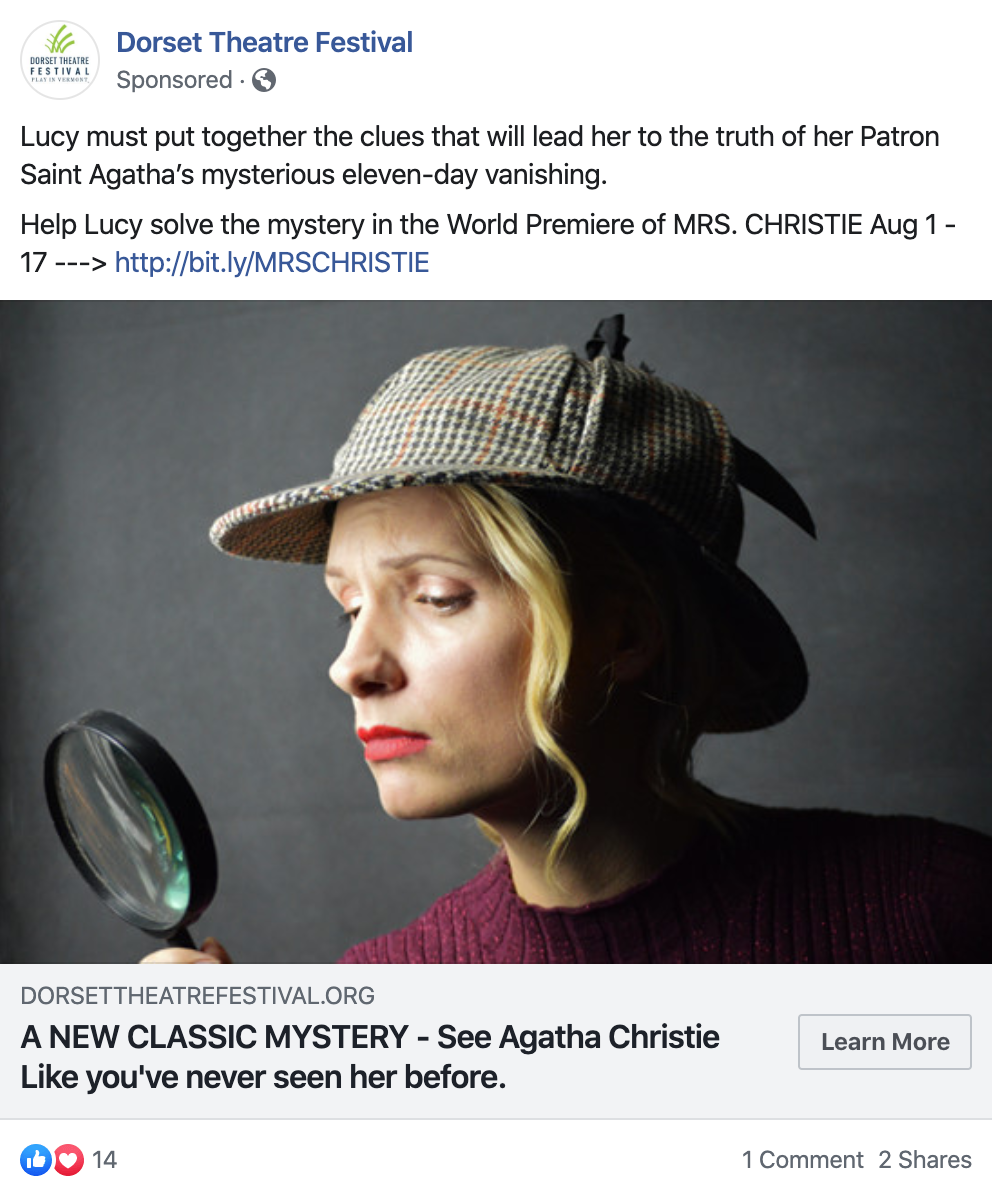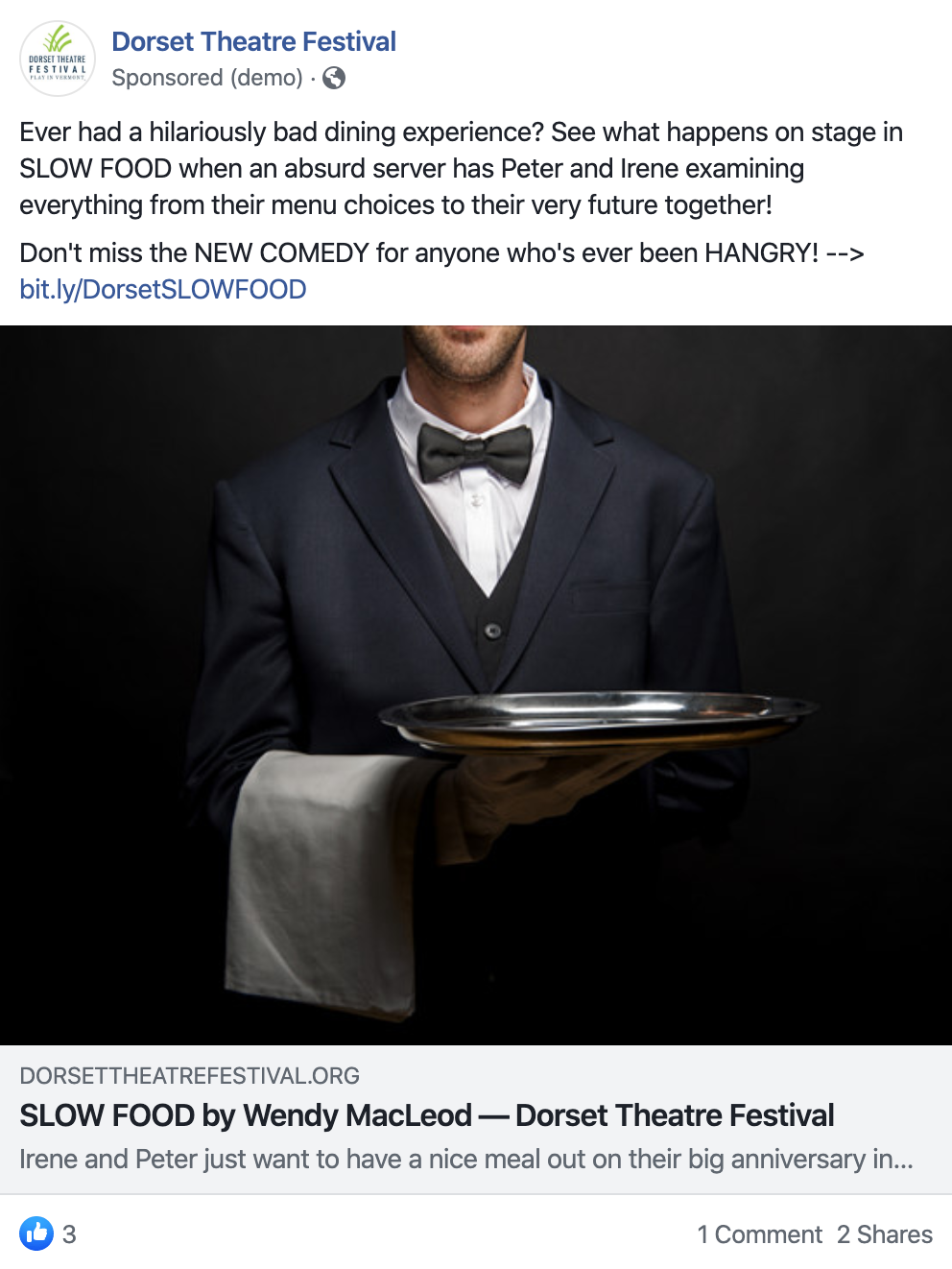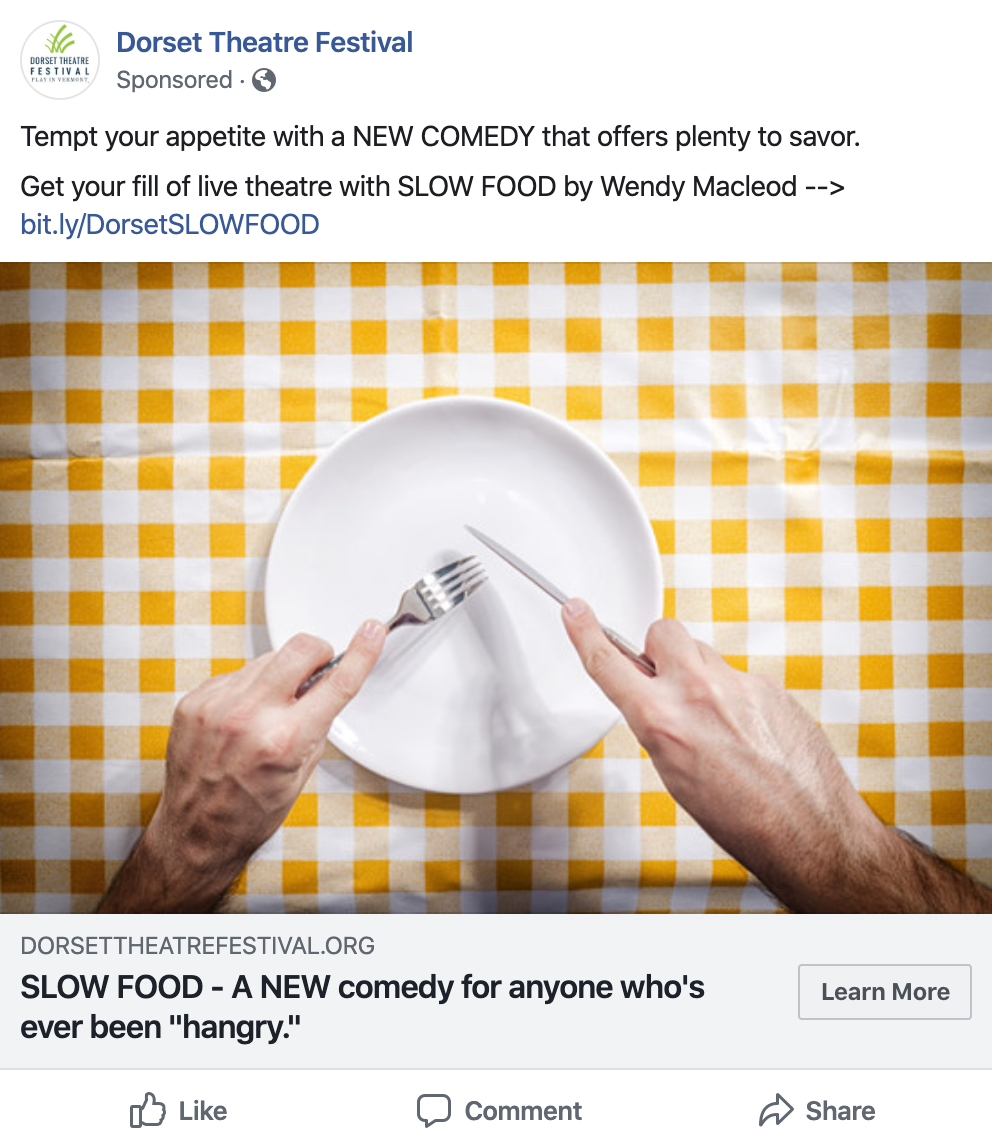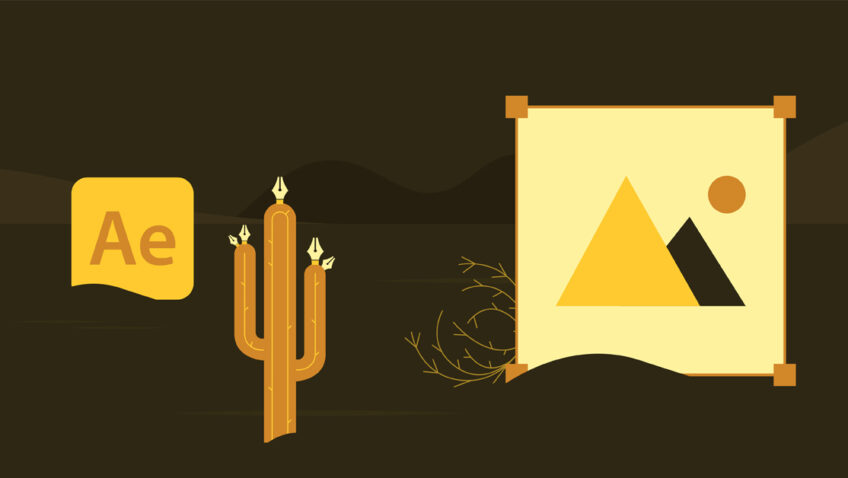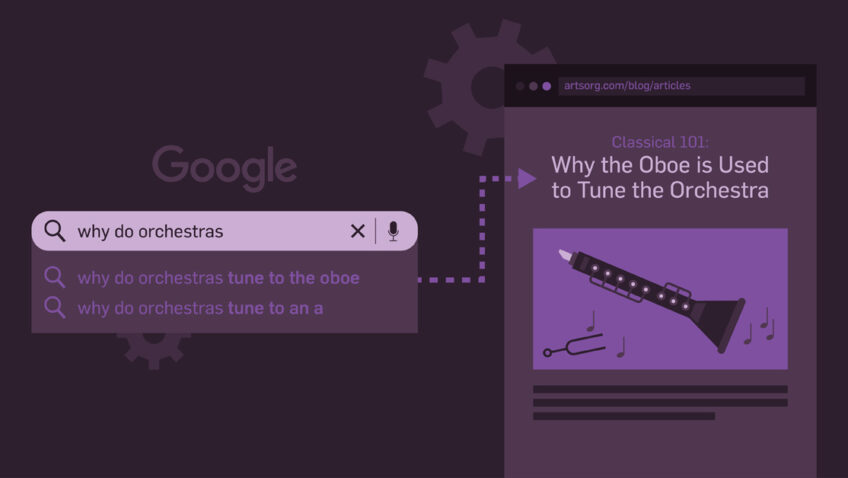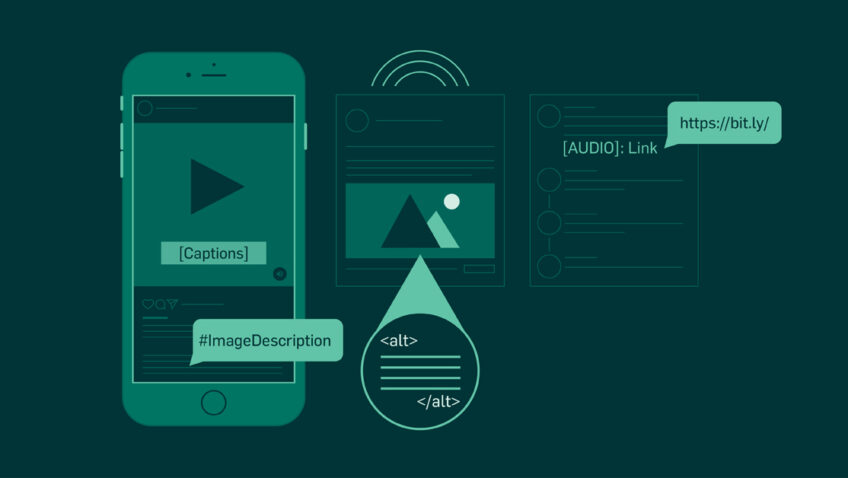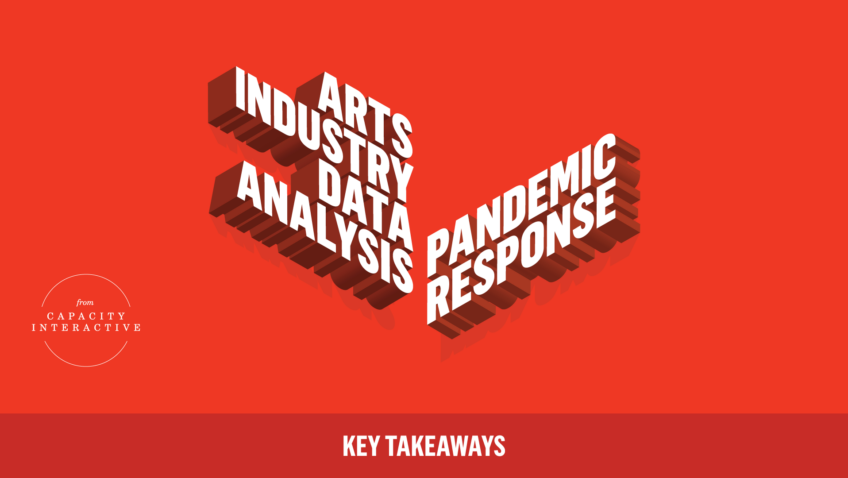Arts Marketers: Let’s Talk Stock Imagery
Ah yes, the stock image. It’s a creative resource we have at our fingertips, yet rarely use. It’s officially time to stop fearing stock images and focus on the value they can bring. We’re in an age of high-caliber creative stock resources that will keep your ticket sales flowing when you’d otherwise be at a loss for content.
This past year, Dorset Theatre Festival, a small summer theatre in southern Vermont, diversified their portfolio and discovered what stock images can add to the performance of their season’s Facebook campaigns.
Let’s Talk Stock
Creating high-quality, original content remains the goal, but when visual assets are limited or nonexistent, stock images can set us free. But sometimes that A-rated content just isn’t available. Perhaps you’re premiering a production and have no visual assets yet or copyright restrictions limit you. That was just the case for Dorset Theatre Festival’s summer season, where three out of the four shows they were producing were either world premieres or new plays, leaving them with limited photos and videos before rehearsals and performances started.
To be clear, we’re not advising you stop getting creative in sourcing original, authentic, and thumb-stopping content – far from it. Get into those rehearsals, take some behind-the-scenes shots of installations or the artistic process, or plunge into your archives! Over the course of your campaigns, you may still find yourself in need of more. This post will help you round out your portfolio and integrate stock images into your content strategy instead of falling back on disingenuous or overly-used creative assets that your audience finds easy to ignore.
Taking Stock of Assets
Dorset Theatre Festival’s experiment with stock imagery started with Dig, their first world premiere of the summer. We started running a promoted Facebook campaign at the beginning of June, but performances weren’t starting until the middle of July. We had no production photos, the actors weren’t in rehearsals yet, and we had reached the point of, “How many articles about the playwright are too many?”
For the first few weeks, we worked with what we had. We incorporated several articles about the playwright, crafted slideshows dedicated to various actors, and used all the behind-the-scenes content that had been captured.
The time had come to either repurpose content or rethink our strategy, as ticket sales were tapering and the demands of creating new content were weighing on everyone. Cue our first use of stock content, a short 10-second stock video:
This first experiment yielded what we expected – it didn’t drive the most key page views, purchases, or engagements, but it didn’t have the least either. We had hit on a decent solution to a tricky content problem. We kept the option of using stock content in our back pocket and moved on to our next challenge: the world premiere of Mrs. Christie.
Mrs. Christie had a bit more to work with right off the bat. We had all sorts of content featuring Agatha Christie, ranging from quizzes to articles to photos of the famous mystery author. As the campaign progressed, we hit a similar lull as we did in Dig. Without hesitation, we used a stock image that was striking enough to stop audiences in their feeds and acquaint themselves with the upcoming world premiere. This photo even snagged the third-highest page-view rate of the campaign, another reliable investment!
